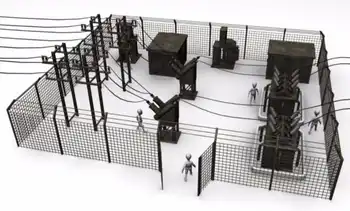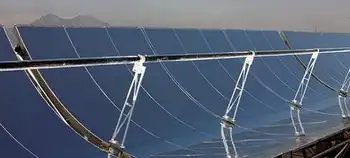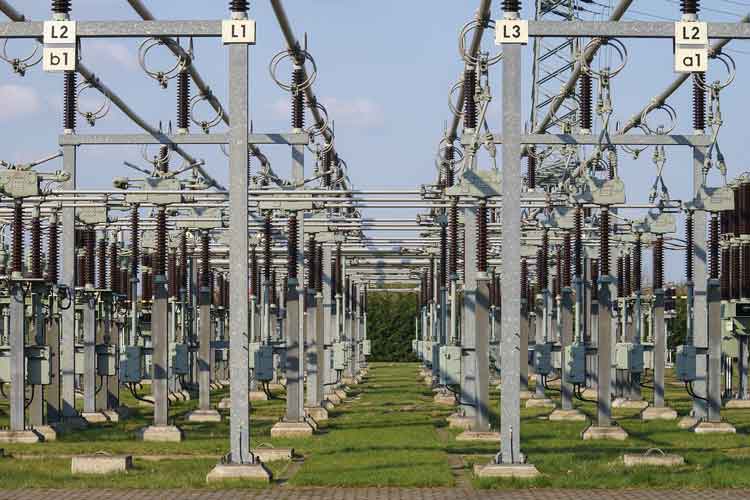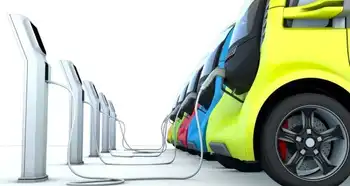Sempra abandons bid to build 2 coal-fired electric plants
SAN DIEGO, CALIFORNIA - Sempra Energy said it was ending its effort to build two coal-fired electricity-generating plants in the West, projects that had prompted stiff opposition from nearby residents and environmental groups.
San Diego-based Sempra said that rather than build the plants in northern Nevada and southern Idaho, it will seek buyers for the development work it has done on the projects over the past two years.
Michael Niggli, president of Sempra Generation, the subsidiary that had been developing the coal plants, would not say how much money had been invested but said it had been a "decent amount." Neither project had proceeded to the construction stage.
Sempra took the action as Idaho moved toward enacting a moratorium on building coal-fired plants in the state, which currently has none of the facilities. The moratorium was approved 64-5 by the Idaho House on March 21 but still faces a vote in the Senate, as well as approval or rejection by Gov. Dirk Kempthorne.
In a letter to Kempthorne, the company said it had decided to withdraw from the Idaho project because it is now focusing on its natural gas and related businesses.
In San Diego, Sempra told analysts at a previously scheduled conference to review the company's plans that it would spend about $10 billion over the next five years on an array of capital projects, including natural gas pipelines, storage terminals and liquefied natural gas receiving terminals.
The company's San Diego Gas & Electric Co. unit also plans to build a controversial, $1.4 billion power line from Imperial County across Anza-Borrego Desert State Park.
SDG&E is also expected to spend more than $400 million to buy the partly built Otay Mesa gas-fired power plant in San Diego County from Calpine Corp.
Sempra has been criticized for proposing to build coal-fired power plants because burning the relatively cheap fuel causes greater emission of greenhouse gases and pollutants than other fossil fuels.
In addition, the California Public Utilities Commission has declared its intent to place a cap on greenhouse-gas emissions from electricity-generating operations at the utilities it regulates. Such a move could in effect bar California utilities from buying power generated by coal-fired plants.
Niggli denied that protests over the projects, which united nearby residents with environmental organizations, had played a large role in the company's decision to end its efforts.
"No, it was a strategic decision," he said. "We think they are excellent sites, and the projects will continue with new owners. We would not be surprised to see them constructed."
Niggli added that in both Nevada and Idaho, Sempra had invested in engineering, meteorological and environmental studies, as well as land and water options.
In Gerlach, Nev., Sempra hoped to build a 1,200-megawatt power plant, enough to power more than 1 million typical homes. The plans for Jerome County, Idaho, called for a 600-megawatt plant.
Jon Wellinghoff, a spokesman for Western Resources Advocates, a member of a Nevada coalition opposing the Sempra project, questioned the prospects for the sale of the coal project.
"They had no water or air permits," Wellinghoff said. "All Sempra had was a monitoring station and some data. The options on the land and water will all expire. I don't see any tangible asset Sempra has to sell."
Wellinghoff added if the coal project has been stopped, it will be easier for companies to build wind and geothermal projects that could generate electricity for California without pollution or greenhouse-gas emissions. The proposed plant made the renewable projects more difficult because output from the coal generator would have taken up existing transmission-line capacity.
"This is very good news, and it sounds like a victory," Wellinghoff said.
Related News

Substation Automation Training
TORONTO - The Electricity Forum has organized a Substation Automation Training Course - This 12-Hour live online instructor-led course is an introduction to state-of-the-art substation automation technologies and their applications in new and retrofitting substations.
September 16-17 , 2020 - 10:00 am - 4:30 pm ET
In recent years, electric utilities have embraced substation automation as much as any T&D automation technology. A recent research report found that 84 per cent of utilties have active substation automation and integration programs under way. Part of substation automation's popularity undoubtedly has to do with the fact that a number of recent utility projects have shown that substation…




